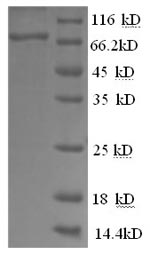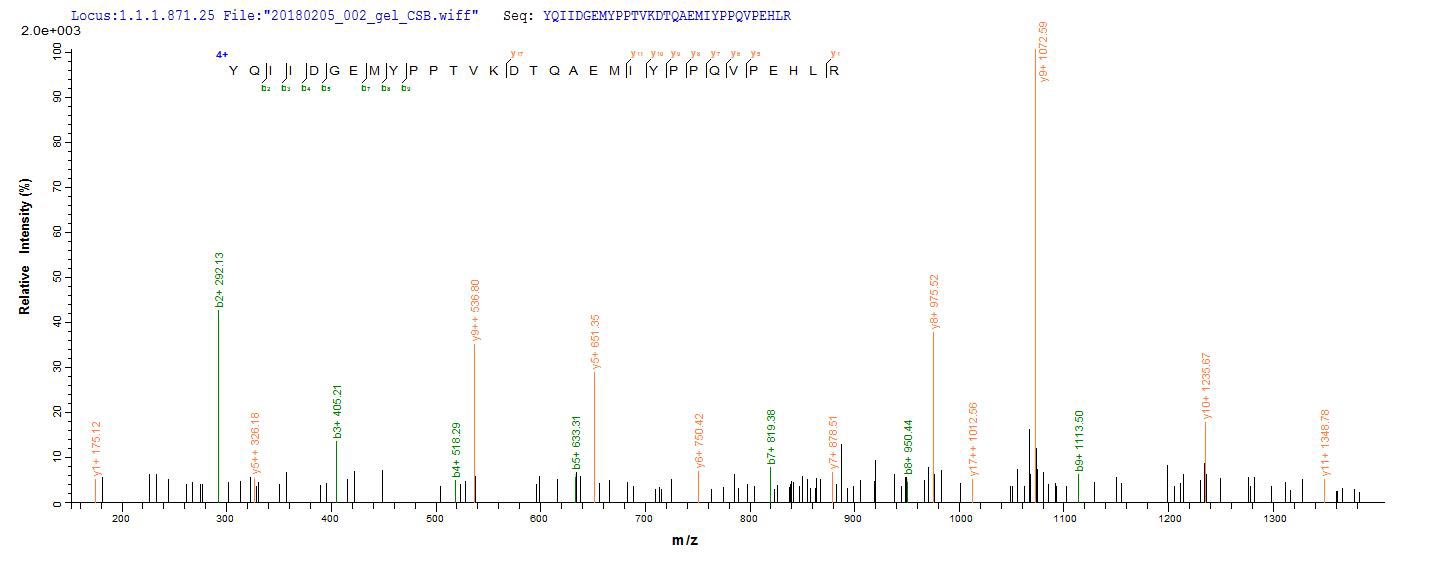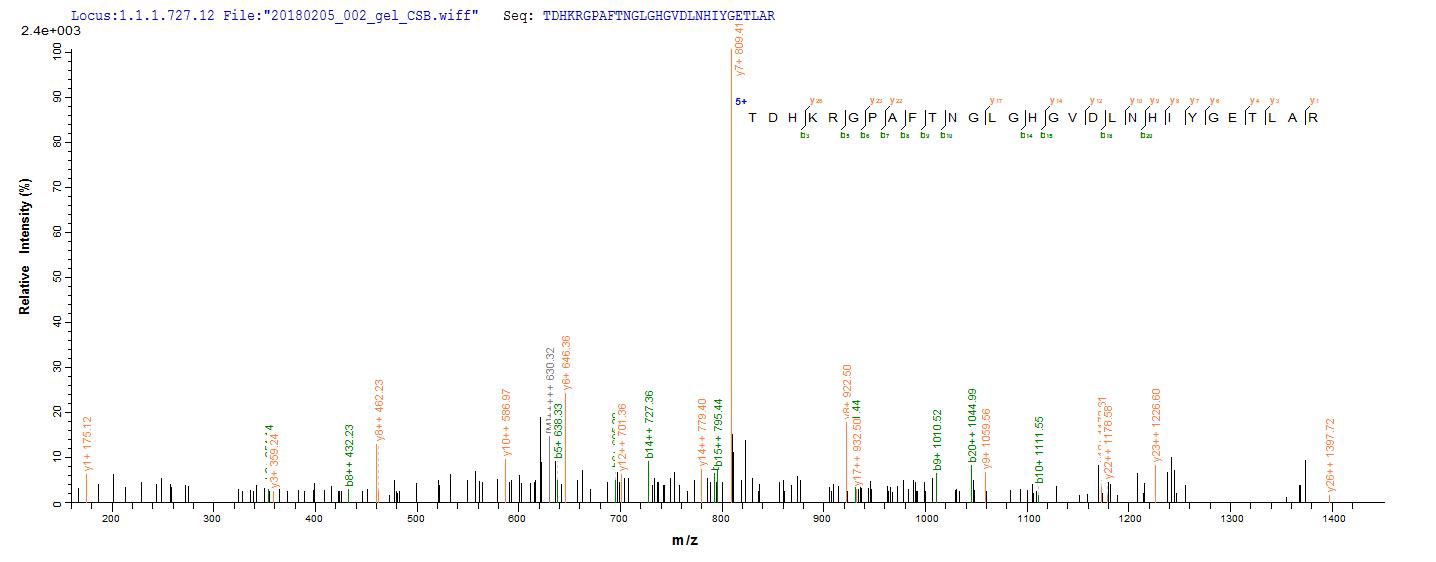Thanks for your inquiry,Note: We use different codes for different tags now, so the codes of these proteins have been updated below.
Code: CSB-EP018986HUe0
Name: Recombinant Human Prostaglandin G/H synthase 2(PTGS2),partial
Expression Region: 18-601aa, Partial
Tag Info: N-terminal GST-tag
Expression Sequence:
ANPCCSHPCQNRGVCMSVGFDQYKCDCTRTGFYGENCSTPEFLTRIKLFLKPTPNTVHYILTHFKGFWNVVNNIPFLRNAIMSYVLTSRSHLIDSPPTYNADYGYKSWEAFSNLSYYTRALPPVPDDCPTPLGVKGKKQLPDSNEIVEKLLLRRKFIPDPQGSNMMFAFFAQHFTHQFFKTDHKRGPAFTNGLGHGVDLNHIYGETLARQRKLRLFKDGKMKYQIIDGEMYPPTVKDTQAEMIYPPQVPEHLRFAVGQEVFGLVPGLMMYATIWLREHNRVCDVLKQEHPEWGDEQLFQTSRLILIGETIKIVIEDYVQHLSGYHFKLKFDPELLFNKQFQYQNRIAAEFNTLYHWHPLLPDTFQIHDQKYNYQQFIYNNSILLEHGITQFVESFTRQIAGRVAGGRNVPPAVQKVSQASIDQSRQMKYQSFNEYRKRFMLKPYESFEELTGEKEMSAELEALYGDIDAVELYPALLVEKPRPDAIFGETMVEVGAPFSLKGLMGNVICSPAYWKPSTFGGEVGFQIINTASIQSLICNNVKGCPFTSFSVPDPELIKTVTINASSSRSGLDDINPTVLLKERS
Shipping format: The default delivery form is liquid form. If the customer has demand for lyophilized form, please remark this requirement when placing order.
Optional service: Do you want aseptic processing and/or endotoxin removal for this protein (recommended for cell culture or in vivo use)? With our endotoxin removal service we guarantee the endotoxin level to be
less than 0.1ng/ug (1EU ug). Both aseptic processing and endotoxin removal services are free of charge however they must be requested when the order is placed.
Purity: Greater than 90% as determined by SDS-PAGE.






